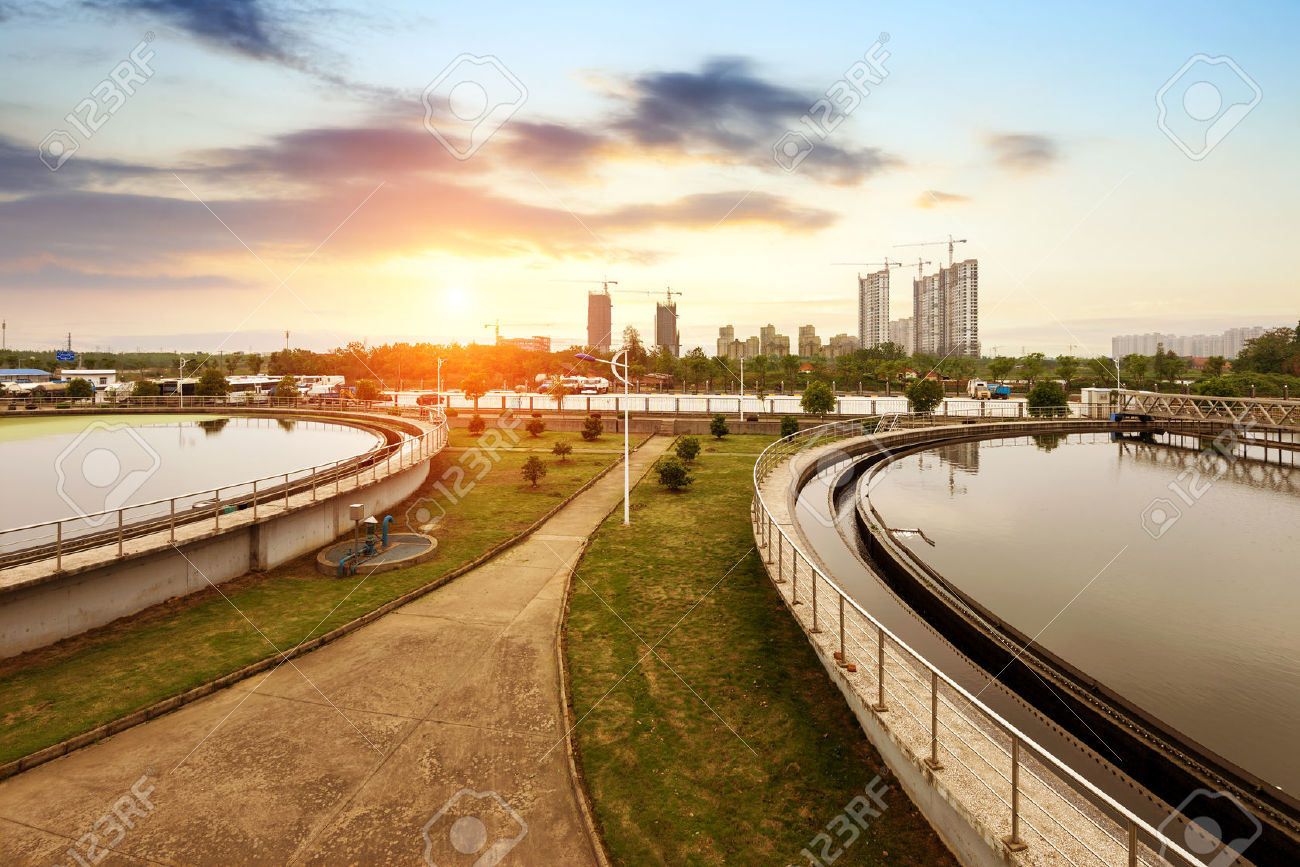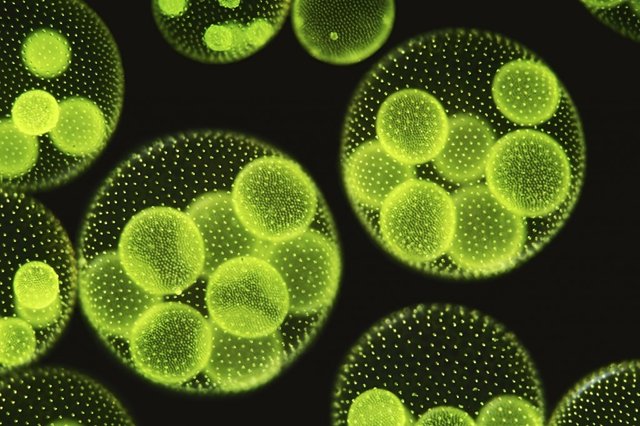
Due to the excessive discharges of nutrients and other chemicals into urban wastewater, pharmaceutical pollutants are increasingly being identified as one of the major threats to global aquatic ecosystems. Although municipal sewage water is commonly treated with a combination of mechanical, biological, and chemical processes before further release into the aquatic environment, this is not usually sufficient to eliminate pharmaceutical residues. Theses pharmaceuticals enter waterways, and sometimes remain biochemically active, and could affect aquatic wildlife at environmentally relevant concentrations.

A strategy that could counter this threat is to use Algae which could take up nutrients and remove pollutants from wastewater efficiently and the produce high-energy biomass from them.
A recent study has shown that mixed population of wild freshwater green algal species grown on urban wastewater in a photobioreactor under natural light and with the addition of flue gases could effectively reduce following pharmaceuticals: the beta-blockers atenolol, bispropol, and metoprolol; the antibiotic clarithromycine; the antidepressant bupropion; the muscle relaxant atracurium; hypertension drugs diltiazem and terbutaline used to relive the symptoms of asthma. Biodegradation and photolysis have been suggested as the main removal pathways for pharmaceuticals.

Gentili, F.G. & Fick, J. J Appl Phycol (2017) 29: 255. doi:10.1007/s10811-016-0950-0